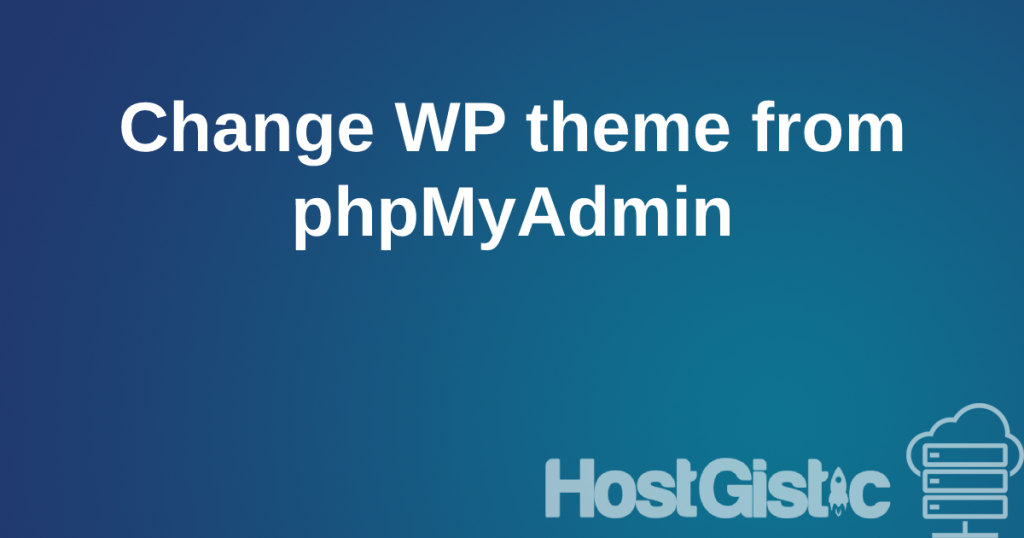High-resolution images look phenomenal, but they are also larger in terms of MB, which leads to longer page loading times on your website. If your site has at least one large (MB) image, it will slow down your site in a way you cannot imagine. In this waiting, you will lose visits without even realizing it.
There are ways to bypass this problem by maintaining image quality while reducing their size with so-called compression.
Why is image optimization so important?
Simply put, the larger the images, the longer it takes for a page to load. Of course, there can be many reasons for slow page loading, but large images are the most common problem.
The slower a site loads, the more visitors will leave the site before it finishes loading. Nowadays, users are very impatient when it comes to loading websites. If a user has to wait more than 2 seconds for a site to load, the probability of leaving the site is 50%.
Slow page loading also affects the site’s ranking on Google. Google has been using site loading speed as a ranking factor for several years.
Images of 200 KB in size are okay for the website; that’s an upper limit, but images over 500 KB to a few megabytes are simply unacceptable for websites.
TinyPNG
This tool allows you to optimize both PNG and JPEG images. Simply upload images to https://tinypng.com/, and the tool will automatically compress them.
It allows up to 20 images to be optimized simultaneously with a maximum image size of 5MB each. After optimization, you can download each image separately or download all images at once.
If you are a WordPress user, there is also a plugin https://wordpress.org/plugins/tiny-compress-images/ that allows this to be done automatically with each uploaded image.
How much TinyPNG actually improves loading:
- Loading before optimization: 0.789 seconds (1.7MB)
- Loading after optimization: 0.294 seconds (635KB)
So, a single ordinary image helped the page load 62% better than before. Imagine how much it would mean if you had multiple images on one page.
Optimizilla
Like the previous tool, this one also supports PNG and JPEG files and can optimize multiple images at once. On the homepage (http://optimizilla.com/), simply upload the images, and then download them as desired.
This tool allows you to see the original image and the optimized version side by side to compare the difference.
Let’s look at the results with the default settings:
- Loading before optimization: 0.789 seconds (1.7MB)
- Loading after optimization: 0.418 seconds (902KB)
That’s approximately 46% compression and loading speed improvement. Not as good as the first tool, but if you play with the settings a bit, you’ll be surprised how much it can affect.
Conclusion
Image optimization, as you can see, doesn’t require much work and will significantly impact the loading speed. This is one of the initial mistakes when creating a website. Image optimization is essential as it helps in loading speed, ranking, and prevents losing clients.



